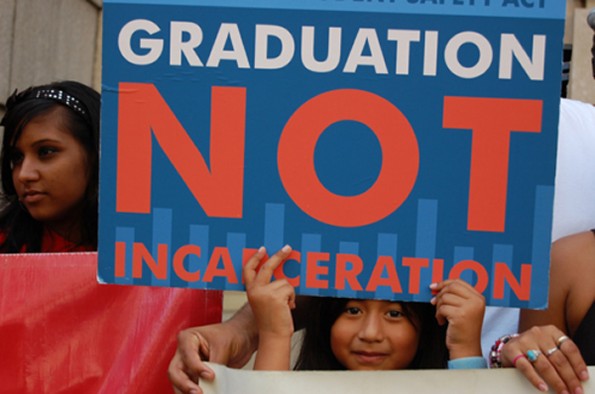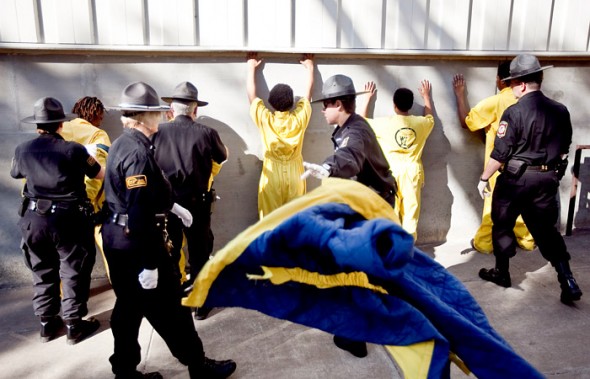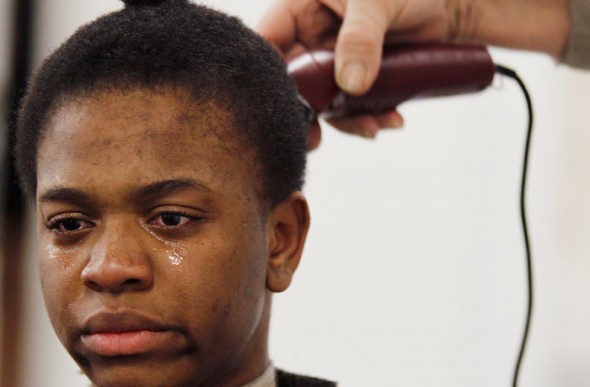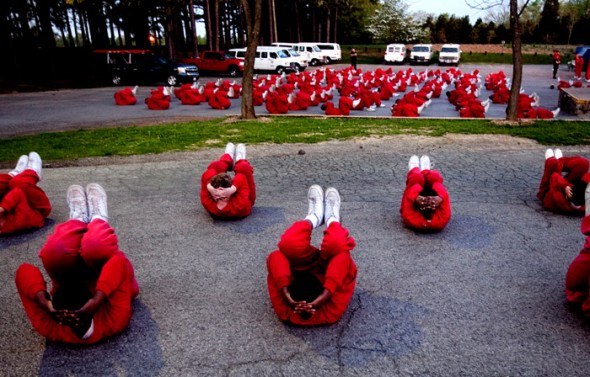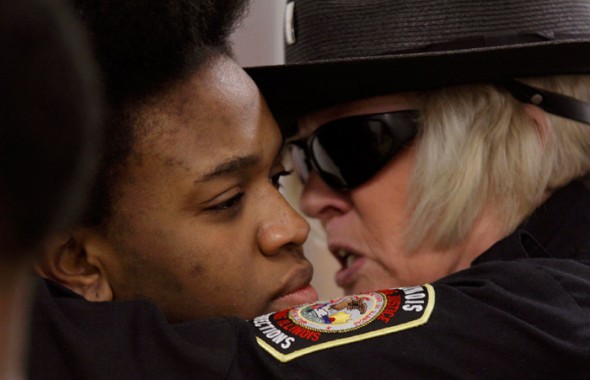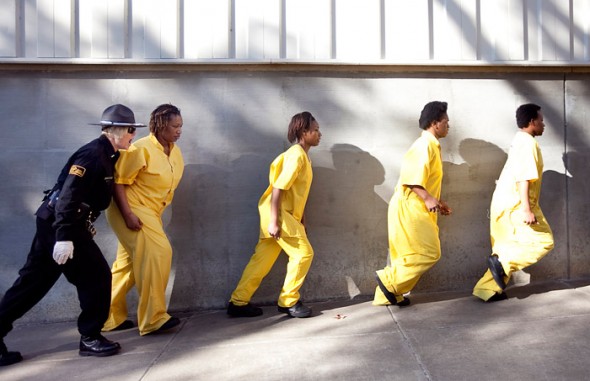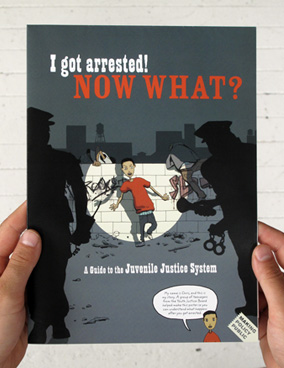Interrogating the concept of transformative justice in an unjust world…
Vengeance is a lazy form of grief…
Everyone who loses somebody wants revenge on someone, on God if they can’t find anyone else. But in Africa, in Matobo, the Ku believe that the only way to end grief is to save a life. If someone is murdered, a year of mourning ends with a ritual that we call the Drowning Man Trial. There’s an all-night party beside a river. At dawn, the killer is put in a boat. He’s taken out on the water and he’s dropped. He’s bound so that he can’t swim. The family of the dead then has to make a choice. They can let him drown or they can swim out and save him. The Ku believe that if the family lets the killer drown, they’ll have justice but spend the rest of their lives in mourning. But if they save him, if they admit that life isn’t always just… that very act can take away their sorrow.
These words are from a film called the “Interpreter” starring Nicole Kidman and Sean Penn. The film itself is pretty terrible. However when I saw it a couple of years ago, I was struck by these words uttered by Nicole Kidman’s character Apparently, a number of people have tried to unearth whether the “drowning man trial” actually has roots in some African cultures or if it is simply a Hollywood invention. To me, it doesn’t really matter if this concept is based on a “truth” or a “myth.” There is a lot to be learned from this anecdote about the challenges and promise of transformative justice. Incidentally, in Malinke culture, we too have a concept of justice similar to the “drowning man trial” but that is for consideration on another day.
What I want to interrogate today is the idea of “vengeance being a lazy form of grief…” I believe that our criminal legal system in the U.S. is obsessed with the concept of punishment and getting even. I don’t think that this is a healthy way to administer “justice.” As a survivor of violence, I understand the human emotions that drive us to want to make those who harm us “pay” for their transgressions against us. I also know, for myself, that this impulse ultimately provided no solace for me.
I am driven to find better ways and solutions to ensure community accountability for violence and crime. I ponder the words above and ask what does transformative justice mean if we accept the fictional Ku’s premise that “life isn’t always just.” If that is true, then how should we think about concept of transformative justice? Is it more useful for us to focus on the concept of community accountability as opposed to transformative “justice?” What does it mean for us to talk about the concept of justice in an unjust world?
I have taken to regularly asking myself whether the work that I do, in the words of Ruthie Gilmore, “extends or shortens the reach” of the prison industrial complex. Ultimately any attempt to reform the current system of incarceration that actually contributes to extending the reach of prisons exacerbates an already untenable situation As such, I struggle with the concept of collaborating with the state through restorative justice programs that serve as “alternatives” to incarceration. I don’t want to contribute to the widening of the net of social control by increasing the number of community members who fall under the purview of state supervision. Currently the work of my organization is challenged by these real tensions.
Theorist and co-founder of Incite! Women of Color against Violence, Andi Smith has written that:
“Simply adding RJ (restorative justice) to the present criminal justice system is likely to further strengthen the criminal justice apparatus, particularly in communities of color that are deemed in need of restoration (p.266).”
So where does this leave us? Vengeance is indeed a lazy form of grief. And yet we need some way to provide community accountability for violence and crime…
Andi Smith suggests that in order to live up to the promise of transformative justice we must “seek to address violence from a political organizing perspective rather than using the criminal justice or RJ model (p.267).” She posits that only if we consider political organizing and base building as strategies for ending violence can we achieve transformational justice. Perhaps this is the place to begin…
Cited: Smith, Andi (2010). “Beyond Restorative Justice: Radical Organizing Against Violence” in Restorative Justice and Violence Against Women. Edited by James Ptacek.
